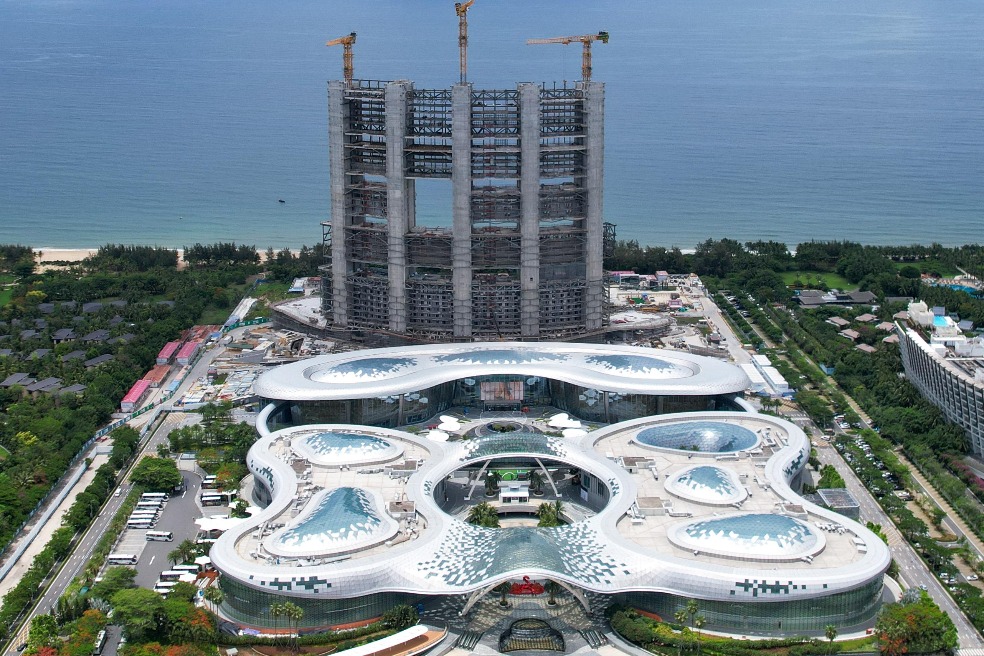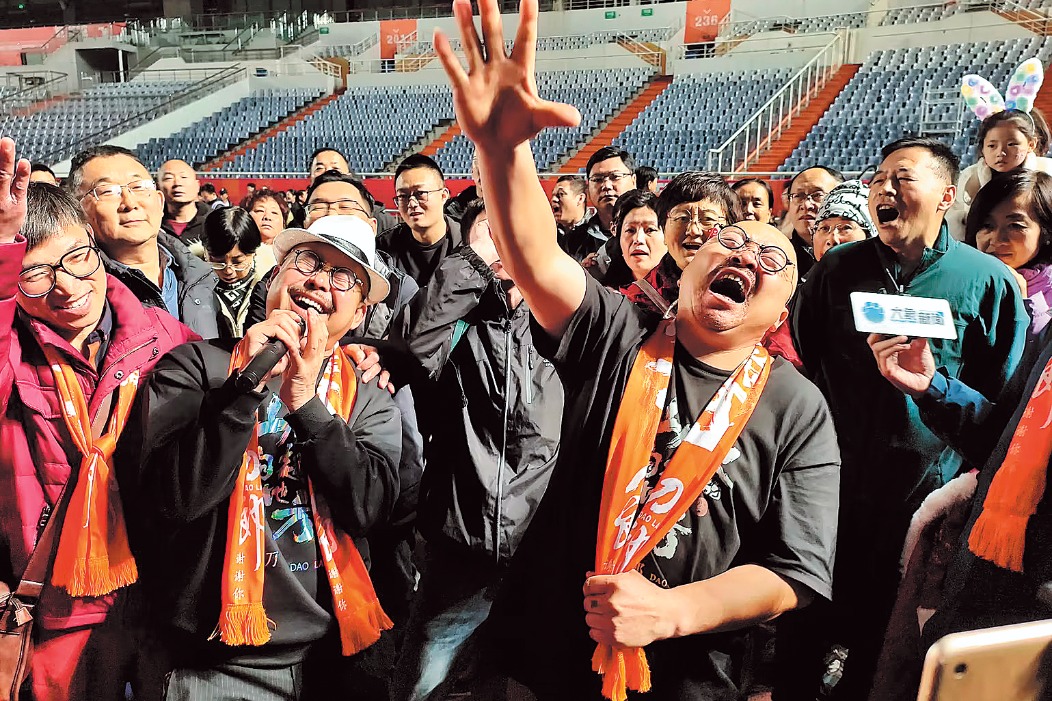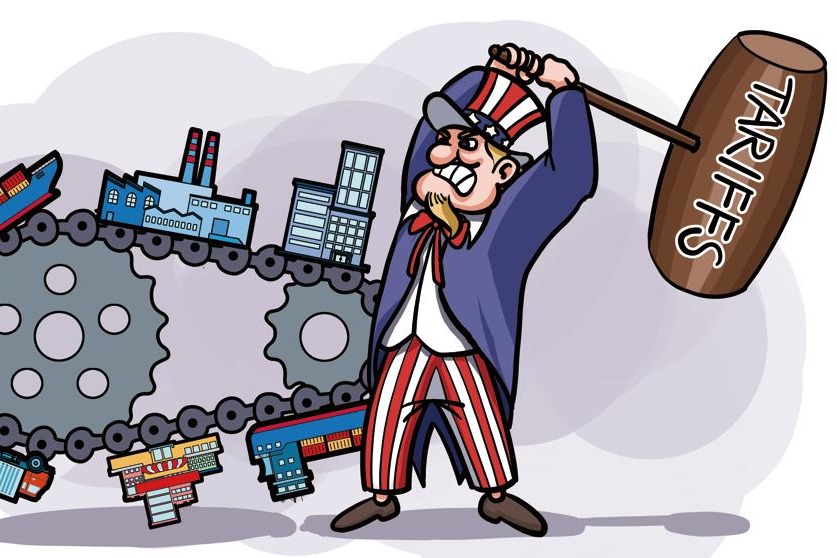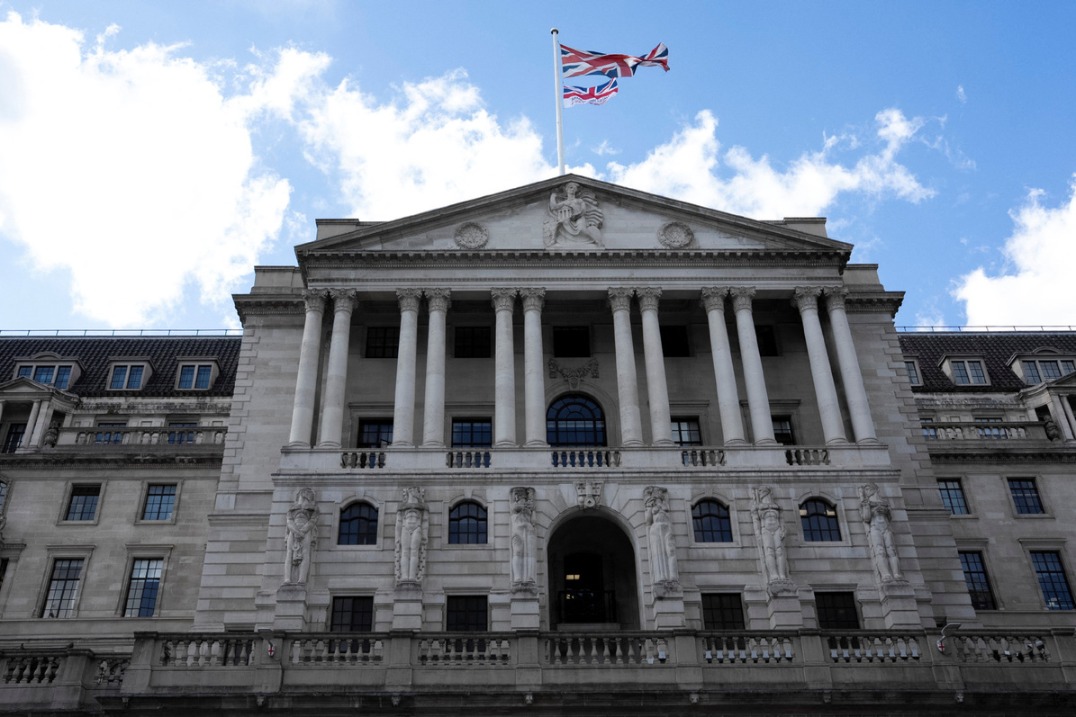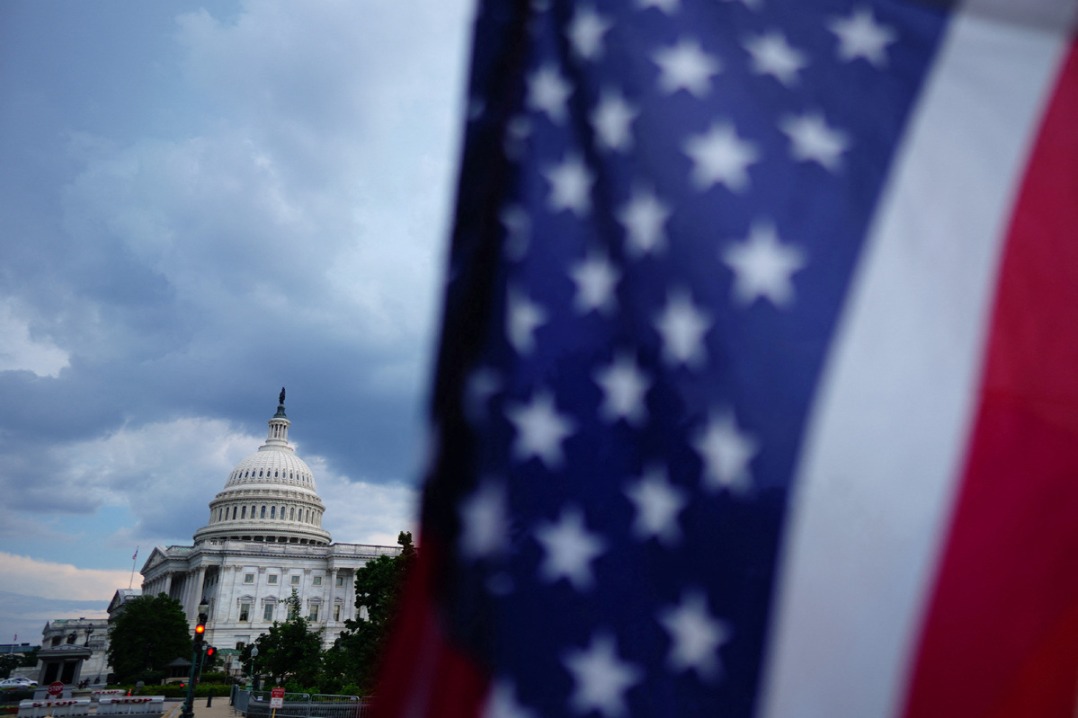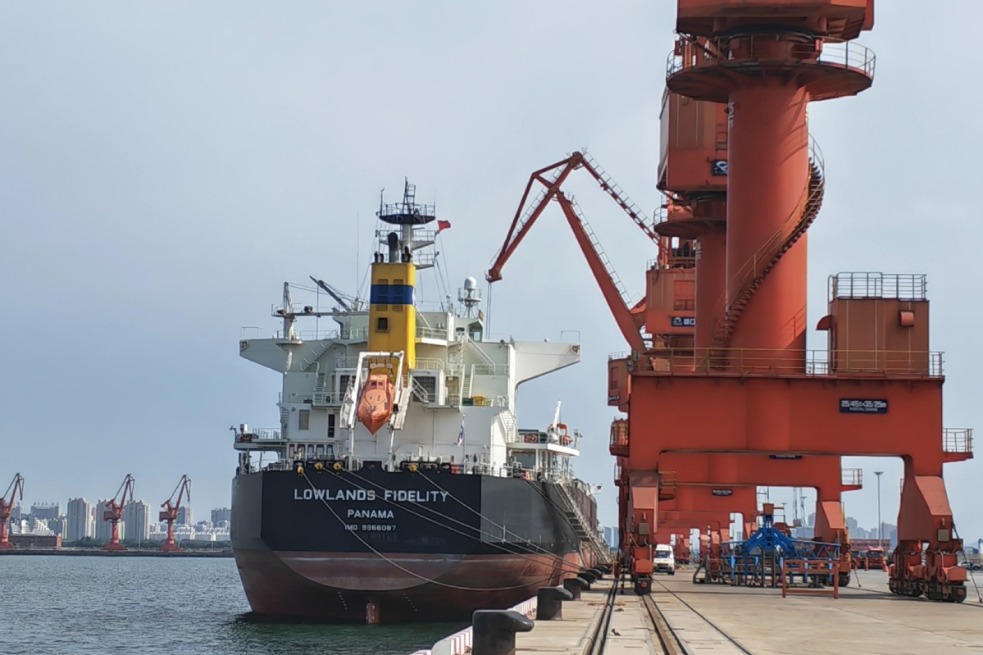Trump takes the wrong road to IP war

At that time, Craig Barrett was Intel's chairman. Today Barrett is one of the five commissioners of the US IP Commission which portrays the US as a victim of massive IP fraud. Not surprisingly, some US observers see the Trump administration's IP investigation as less a scrutiny of forced technology transfers than a negotiation ploy.
In reality, much of China's IP progress can be attributed to past technology transfers and the government's huge investment in science and technology. And as Chinese companies have moved up the value-added chain, they stress the need for IP protection, particularly patents. In 2006, I wrote in the prestigious US foreign policy journal The National Interest that emerging Chinese multinationals were "no longer satisfied with imitating. Instead, they seek to convert cost advantages to more sustainable competitive advantages-often through innovation." Few took the contention seriously then.
Typically, the Trump IP debacle is escalating as Chinese companies join the global rivalry for cutting-edge innovation. In terms of the number of total patent applications, China's share has exploded. Two decades ago, it was far behind the US, Japan, the Republic of Korea and Germany, the world's leading patent players. Now it is ahead of all of them.
But in these rivalries, not all patents are of equal value. The so-called triadic patents, which are registered in the US, the EU and Japan to protect the same invention, tend to be the most valuable commercially and globally.
In triadic patents, too, China's patent power has increased dramatically and will surpass that of the ROK and Germany soon. The patents of Japan and the US peaked around 2005-06. Despite some progress, US patents are still 15 percent below their peak, whereas those of China have increased more than sixfold in the past decade.
Since patent competition is accumulative, catch-up requires time. But here's the thing: If, for instance, US and Chinese triadic patents would increase in the future as they have in the past five years, China could surpass the US by the late 2020s. And perhaps that's why Trump is targeting China's IP today.
However, neither innovation nor intellectual property is an exclusive privilege of the West.
The author is the founder of Difference Group and has served as research director at the India, China and America Institute (USA) and visiting fellow at the Shanghai Institutes for International Studies (China) and the EU Centre (Singapore).
















